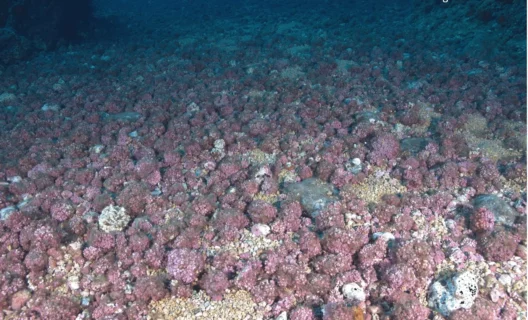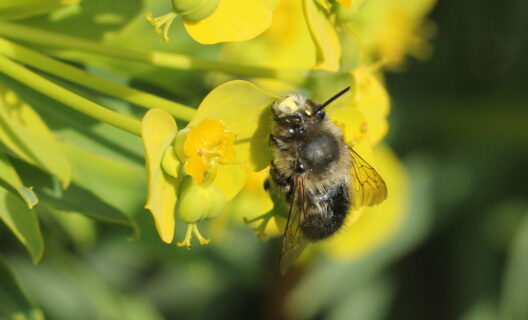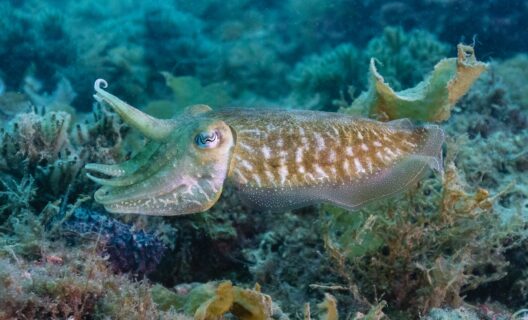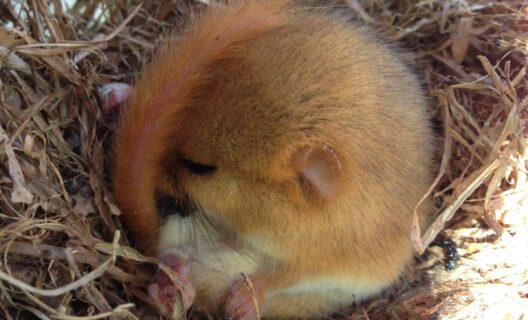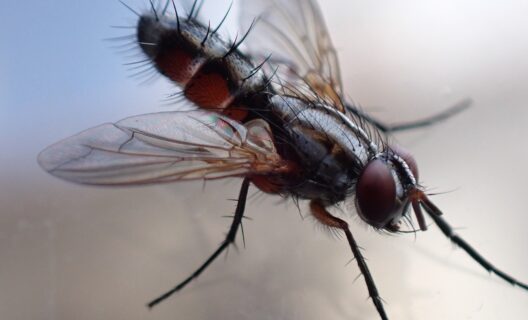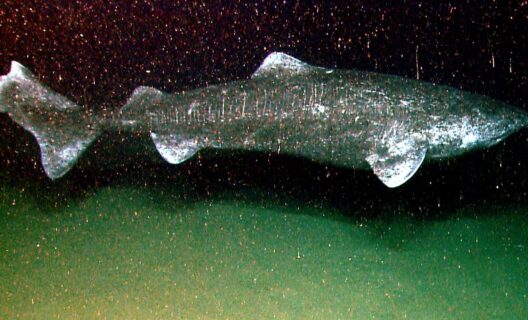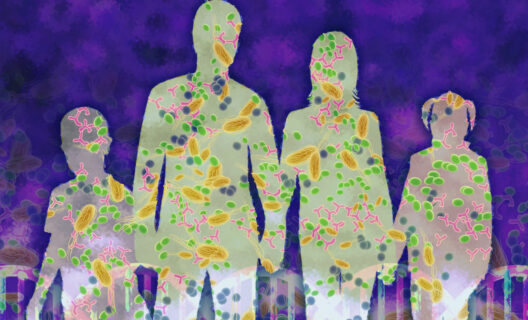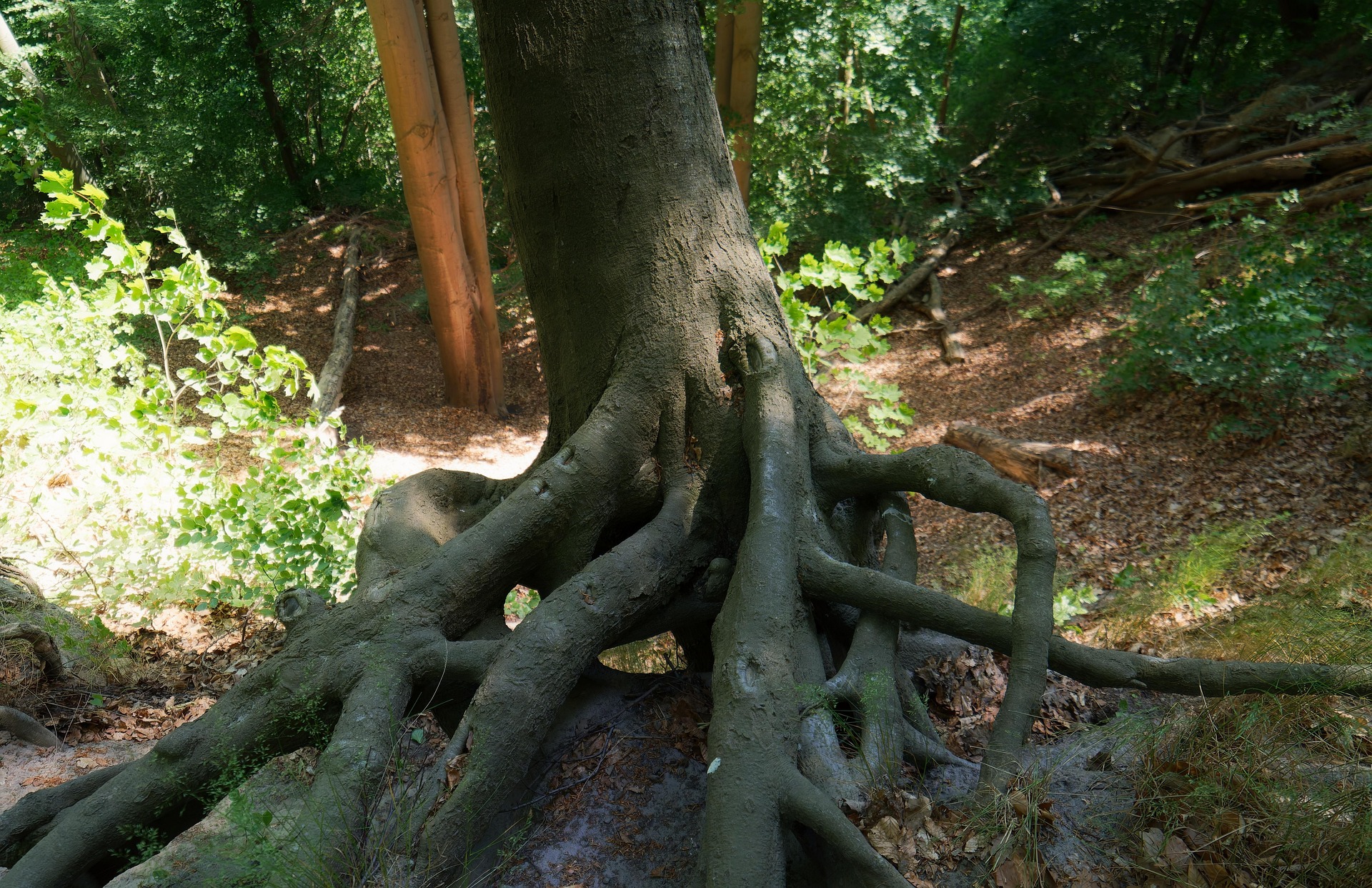

Reading time
0 min
Dark diversity reveals hidden depletion of natural ecosystems
Imagine entering a forest or prairie and observing seemingly lush vegetation. Yet beneath that green surface lies an invisible but significant absence: many species that should be there are simply no longer there. This is the notion of “dark diversity” (dark diversity): that is, all those species that would be ecologically suitable to live in a given environment, but turn out to be absent. The concept, introduced by Pärtel, Szava-Kovats and Zobel in 2011, makes it possible to measure not only how much biodiversity is present in a place (alpha diversity), but also how much is missing, while theoretically compatible with that environment.
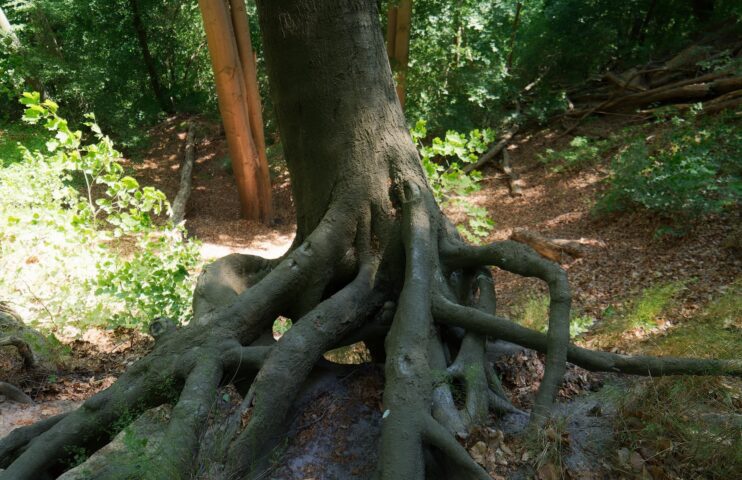
""
Study reveals how plants quietly disappeared
The research resulting from the DarkDivNet project – published in Nature – involved more than 250 female scientists from around the world, including 15 Italians from nine universities in the Bel Paese. The large research team collected biodiversity data from about 5500 sites in 119 regions of the world: both the plant species present at each of the sites and the native species that should have been there but were instead absent due to human activity were recorded. This rather innovative scientific approach made it possible to identify dark diversity and to calculate the potential for plant diversity in each area, revealing in what terms it has been reduced by the human footprint. The results are surprising: in places with minimal human impact about 35 percent of suitable species are actually present, but in heavily man-made areas, on the other hand, the percentage drops below 20 percent. This means that much of the potential biodiversity has disappeared from natural habitats as well.
"Our activities negatively affect biodiversity. It is therefore necessary to support policies to protect it to the maximum extent possible. "
Alessandro Chiarucci, research professor in the Department of Biological, Geological and Environmental Sciences, University of Bologna
What are the causes?
It’s not just about cementing or deforestation. Even in seemingly intact environments, human impact can have long-range effects: habitat fragmentation, decrease in pollinating animals and seed dispersers, air and soil pollution, and human-induced fires. All these factors can hinder the survival or colonizing ability of species. In other words, biodiversity dies not only where the excavator arrives but also at a distance as a consequence.
""
A new tool to protect biodiversity
Traditional measurements of biodiversity employed to date, such as counting the number of recorded species, did not provide a complete picture: identification of dark diversity has made it possible to close the knowledge gap. Why is it important? Dark diversity is a silent alarm: it reveals that even where nature seems to be holding out, something has gone wrong. And this has real consequences: every species plays a role in ecosystem balances, and if too many players are missing, the ecological “scene” changes, often worsening the resilience and productivity of natural environments. Moreover, dark diversity represents an opportunity because missing species are still present in the region and with appropriate strategies (such as habitat restoration and improved ecological connectivity), they could return.

""
“The study confirms, unfortunately, that our activities negatively affect biodiversity. It is therefore necessary to maximally support policies to protect it, locally and globally.” , explains Professor Alessandro Chiarucci, of the Department of Biological, Geological and Environmental Sciences at the University of Bologna, “in particular, it is crucial that we continue the path we have taken, increasing the number and area of strictly protected areas, that is, areas where natural processes are free to occur, to protect present and future biodiversity. I have been working on this project as part of the work of the National Biodiversity Future Center, which I coordinate with Prof. Rondinini in Rome, and which is trying to build national scenarios for the future of protected areas.” .
""
Conclusions
The study showed that human activity exerts a low negative impact on biodiversity when at least one-third of the region surrounding the investigated area is pristine or well protected, supporting the goal of protecting 30 percent of the land. So the research highlighted the importance of promoting ecosystem health both inside and outside protected areas. That of dark diversity emerges as a practical tool to identify suitable absent species and promote ecosystem restoration. Collaborating in the DarkDivNet project, which was coordinated by the University of Tartu in Estonia, were the Italian universities of Parma, L’Aquila, Insubria, Catania, Palermo, Cagliari, Basilicata, and Ca’ Foscari University of Venice, in addition to the University of Bologna-with Professor Chiarucci and researchers Silvia Del Vecchio and Arianna Ferrara.
The journey goes on
Every story paves the way for the next: discover where biodiversity takes you


